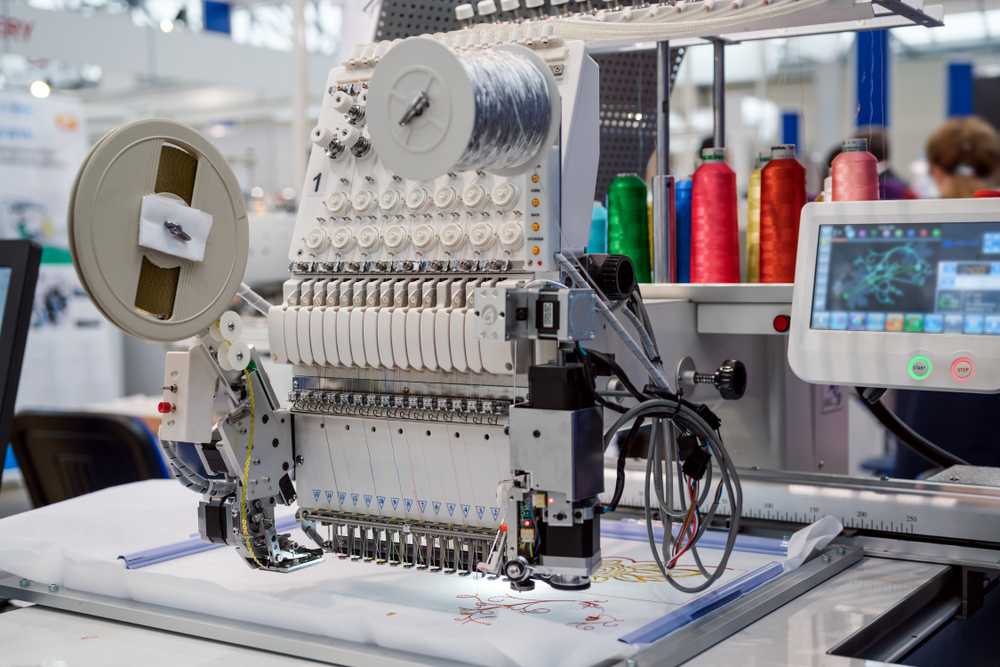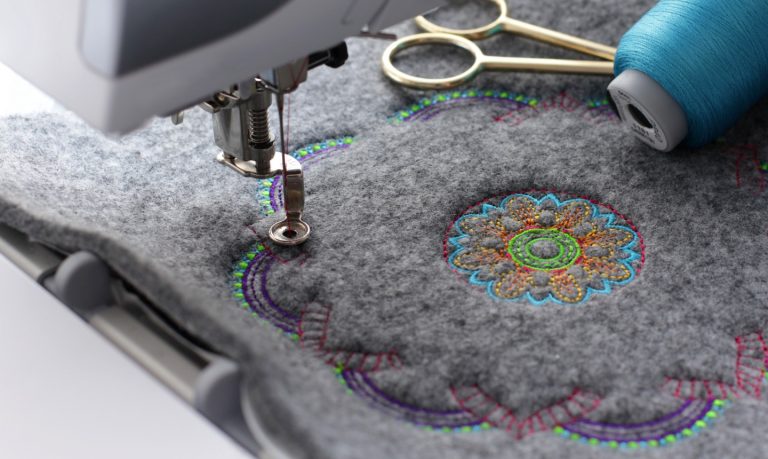Dependable Digitizing for Embroidery: Trusted by Professionals
Dependable Digitizing for Embroidery: Trusted by Professionals
Blog Article
Grasping the Needlework Digitizing Process: Your Ultimate Guide
Needlework digitizing is a careful craft that calls for accuracy and proficiency to translate elaborate designs into digital layouts for equipment needlework. As craftsmens begin on this trip to master the needlework digitizing process, a thorough understanding of the essentials establishes the structure for excellence.

Recognizing Needlework Digitizing Fundamentals
Needlework digitizing basics form the foundation whereupon intricate designs are translated right into machine-readable layouts for specific sewing. This preliminary action in the embroidery digitizing process is essential for guaranteeing that the final embroidered product is a loyal depiction of the initial style. Comprehending embroidery digitizing basics involves grasping key concepts such as stitch kinds, sew instructions, density, underlay, and draw payment.
Stitch types play a vital duty in establishing the aesthetic and textural result of the embroidered design. By picking the proper stitch kind, whether it be satin, fill, or running stitch, digitizers can attain the preferred effect and boost the general quality of the needlework. Furthermore, stitch instructions affects the circulation and dimension of the layout, while density determines the spacing and coverage of the stitches.
Moreover, underlay sewing supplies stability to the layout by protecting the fabric and protecting against distortion throughout the embroidery procedure. Pull compensation is one more essential factor to consider to counteract the all-natural tendency of textile to contract when sewn. Grasping these needlework digitizing basics is basic for producing professional-quality stitched products.
Selecting the Right Digitizing Software Program
Selecting the proper digitizing software program is an essential decision that substantially influences the performance and quality of the embroidery digitizing procedure. Digitizing for Embroidery. When picking the right digitizing software, it is necessary to take into consideration factors such as the complexity of styles you prepare to produce, the user-friendliness of the software program, the level of customer assistance supplied, and the compatibility with your embroidery machine
There are various digitizing software options offered out there, varying from fundamental programs for novices to innovative software program for specialist digitizers. Some preferred selections consist of Wilcom EmbroideryStudio, Hatch Embroidery Software Program, and PulseID. These software application packages provide a large variety of devices and functions to assist you create intricate designs effortlessly.
Prior to deciding, it is suggested to check out the different software options via cost-free tests or demos to determine which one ideal matches your requirements. Additionally, reading testimonials and looking for recommendations from experienced digitizers can give beneficial understandings into the strengths and weak points of each software application package (Digitizing for Embroidery). By meticulously evaluating your needs and contrasting the features of various digitizing software application, you can make an informed selection that improves your embroidery digitizing workflow
Digitizing Devices and Strategies

Optimizing Design Settings for Needlework
Mastering the intricacies of layout setups is basic in attaining ideal cause the embroidery digitizing process, building upon the structure laid by comprehending digitizing tools and techniques. When optimizing layout setups for needlework, it is necessary to think about elements such as stitch type, density, padding, draw payment, and registration. Sew kind choice impacts the overall feel and look of the layout, with alternatives like satin, fill, and running stitches offering various structures and effects. Thickness describes the spacing and density of stitches, impacting the design's coverage and durability. Correct rug stitching supplies stability and prevents textile distortion, particularly for complex layouts or on stretchy products. Pull settlement readjusts for informative post textile stretch throughout stitching, making certain precise design duplication. Registration setups line up various aspects of the layout precisely, keeping general layout stability. By fine-tuning these layout settings, embroiderers can improve the top quality and precision of their stitched developments.

Troubleshooting Common Digitizing Issues
When running into typical digitizing concerns during the embroidery procedure, it is important to recognize the root triggers and implement efficient remedies promptly. One typical trouble is stitch density problems, where stitches might be also dense, triggering the textile to pucker, or as well thin, leading to gaps in the style. Readjusting the stitch density settings in the digitizing software application can aid resolve this problem.
An additional frequent challenge is thread breaks throughout the needlework procedure. This can take place due to different factors such as wrong stress setups, plain needles, or using low-quality thread. Guaranteeing correct upkeep of the embroidery maker, consisting of normal needle adjustments and tension adjustments, can minimize the occurrence of string breaks.
Additionally, layout enrollment mistakes can cause misaligned components within the needlework layout. Examining the layout alignment in the digitizing software and making essential changes prior to stitching can aid in preventing this concern. By resolving these usual digitizing concerns immediately and successfully, you can make sure a smoother needlework process and top notch completed products.
Conclusion
Finally, mastering the needlework digitizing process needs a solid understanding of the essentials, the appropriate option of software application, and knowledge of devices and strategies. Enhancing design setups and fixing typical digitizing issues are critical actions in guaranteeing top quality needlework results. By following these actions vigilantly, one can achieve accuracy and effectiveness in the digitizing procedure.
Report this page